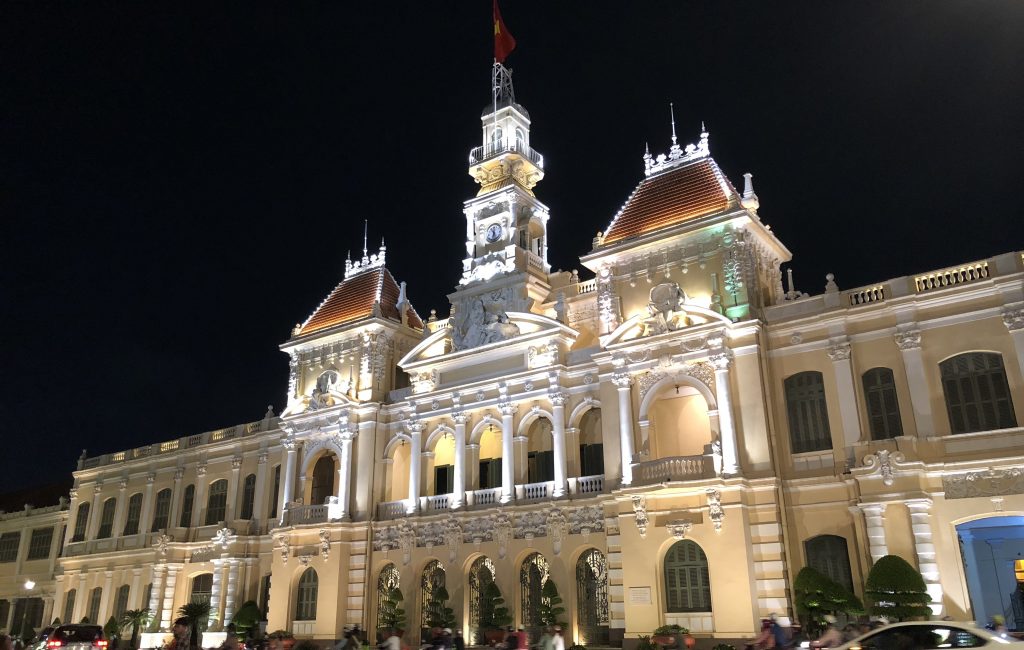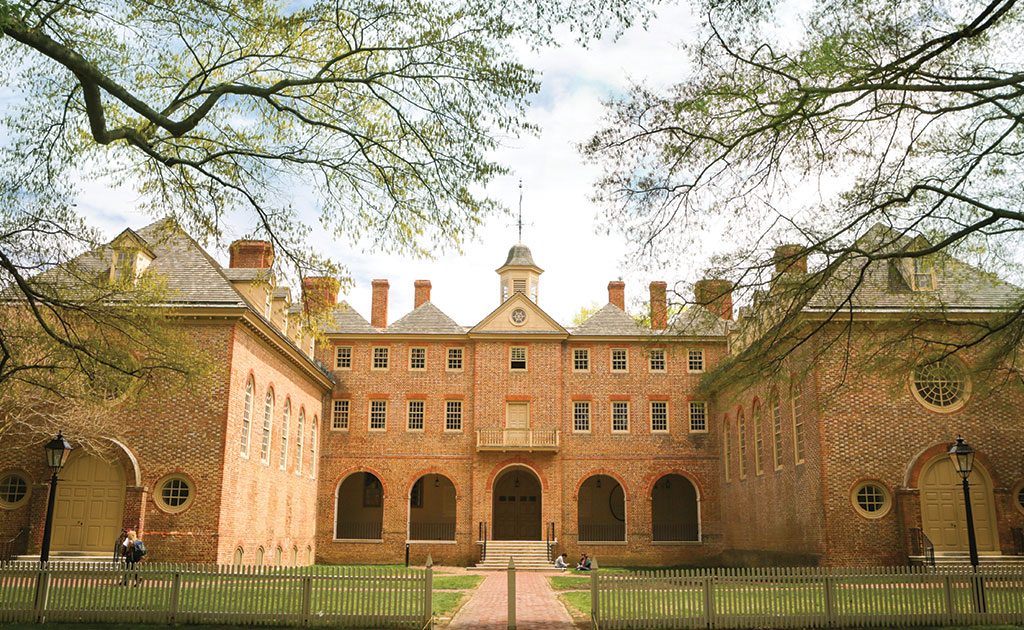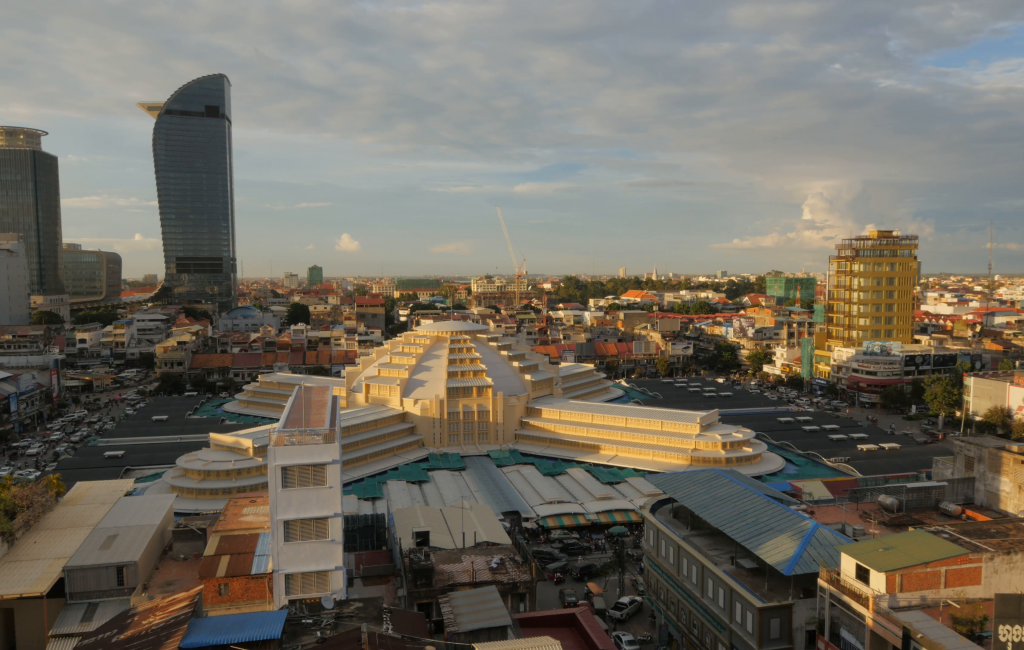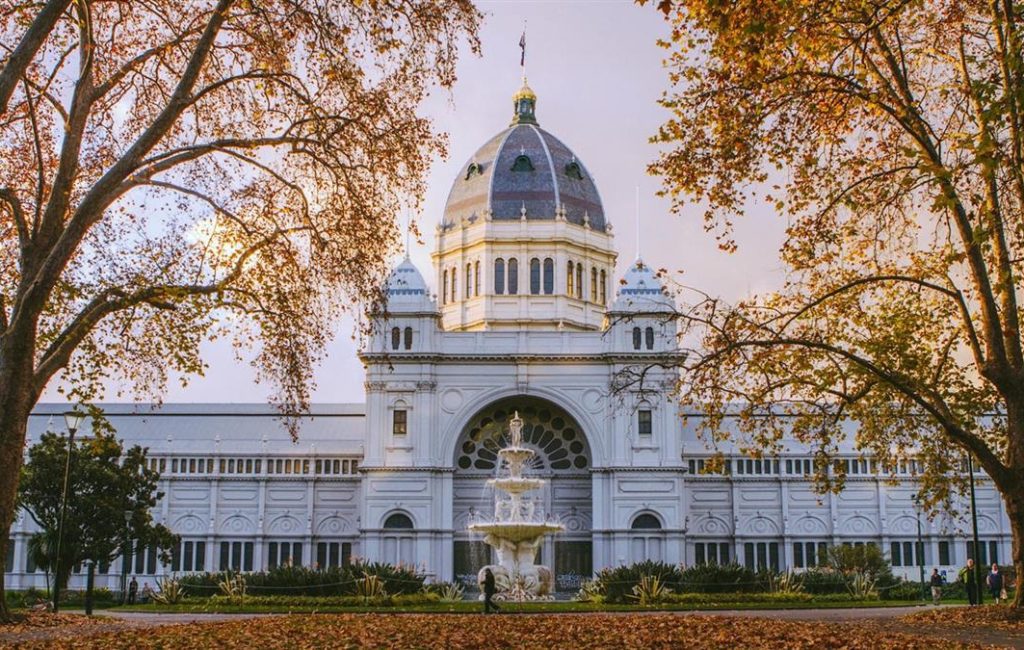
The FIFA World Cup brings together nations and people unlike any other event around the globe. During the month of June and July every four years, you might see an Australian and Peruvian or a Dane and a Brazilian enjoying their time together before or after a match. The tournament transcends race and culture, and people are united in celebrating the beautiful game.
Finally, the 2018 World Cup is upon us, taking place in Russia. Every country participating holds something special and unique to their culture, including architecture. I’ll be highlighting the best colonial structure from each of the 32 nations represented, and if the country does not have any, I’ll showcase the best historical and/or classical building.
Group C is the third in an 8 part series (Group B, Group A), producing countries and their architecture from three different continents.
France – Musee d’Louvre, Paris
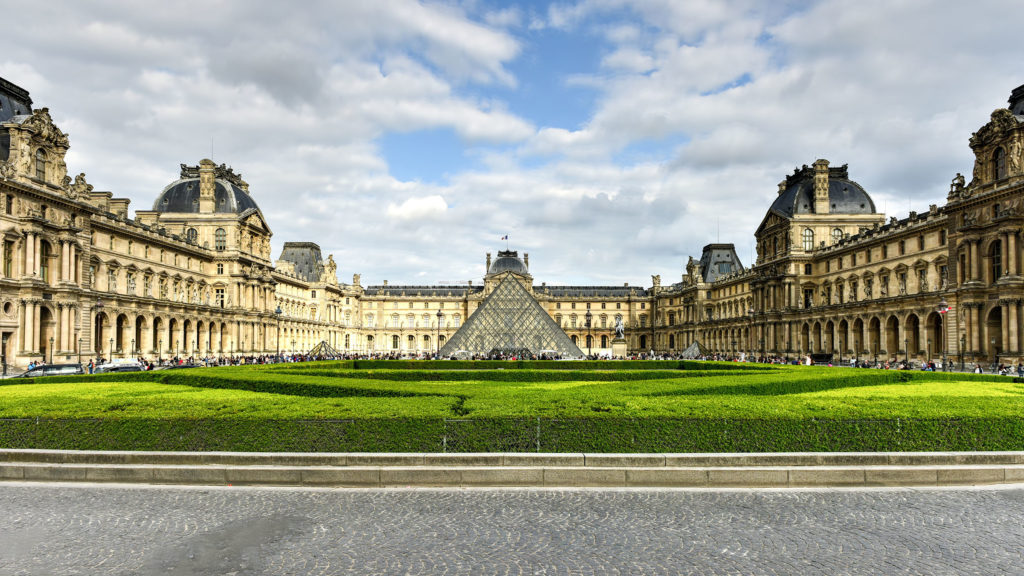
You might have heard of this one before. There’s a painting called ‘Mona Lisa’ and a sculpture called ‘Venus de Milo’ inside the halls of the great Louvre. Originally a castle stronghold in the heart of Paris, the French Baroque Louvre we know today is an expansion on the royal palace in the 17th century under Louis XIV. After the French Revolution in 1794, on the one year anniversary date of the fall of Louis XVI, it became Musee du Louvre, and today millions of visitors pass through its halls every year.
Australia – Royal Exhibition Building, Melbourne
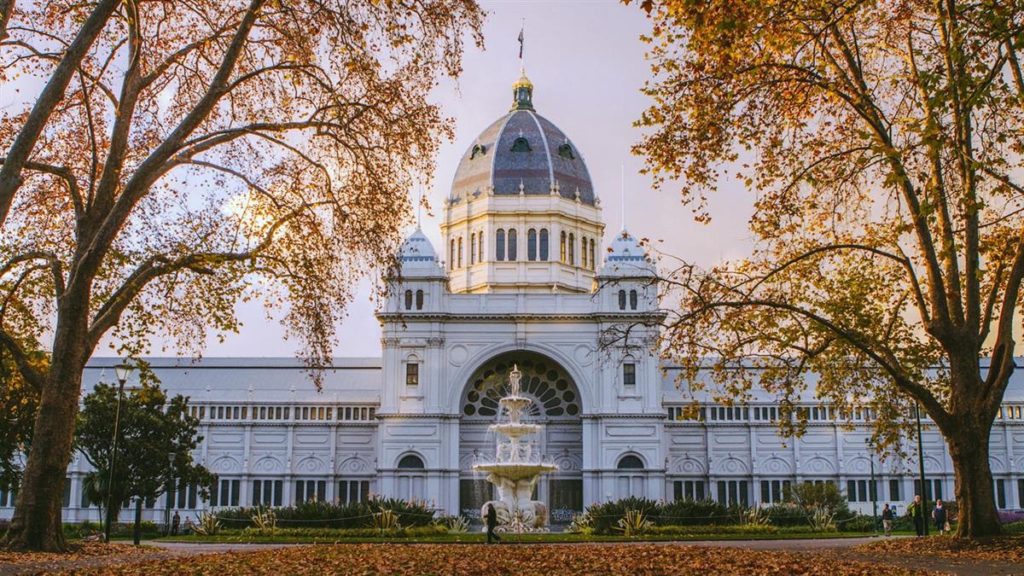
The Royal Exhibition Building in Melbourne is one of the quintessential pieces of Australian architecture. It’s still in use today, functioning as the same as its original purpose, the first being the World’s Fair in 1880. It’s had a huge impact on Australian culture. In May of 1901, five months after the creation of the Commonwealth of Australia, the Parliament of Australia opened in the building. It also hosted many events in the 1956 Summer Olympic Games, including basketball, weightlifting, and wrestling.
Peru – Society of Jesus Church, Cusco
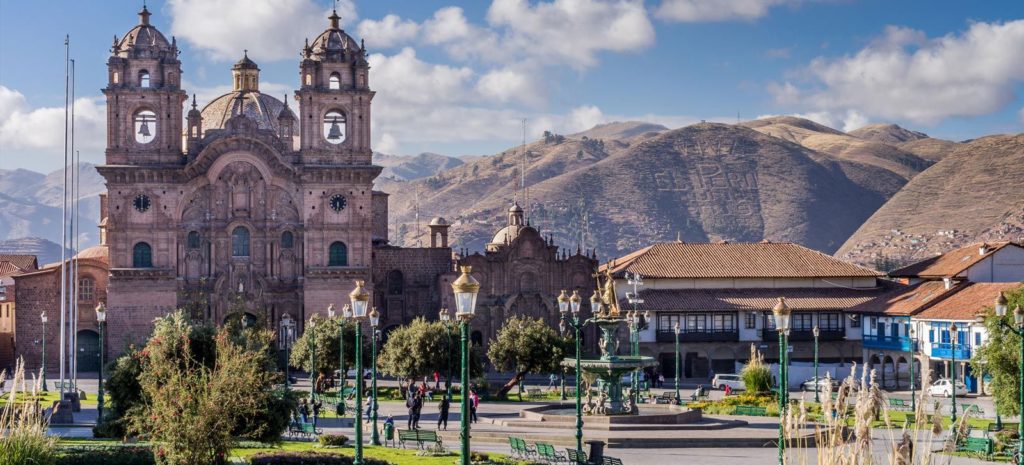
Situated in the ancient Incan capital of Cusco, this Baroque church shows off its intricate workings in the foreground of the picturesque mountain range. The church was hugely influential in the area, creating a grand place of worship and serving as inspiration for other churches in South America.
Denmark – Christiansborg Palace
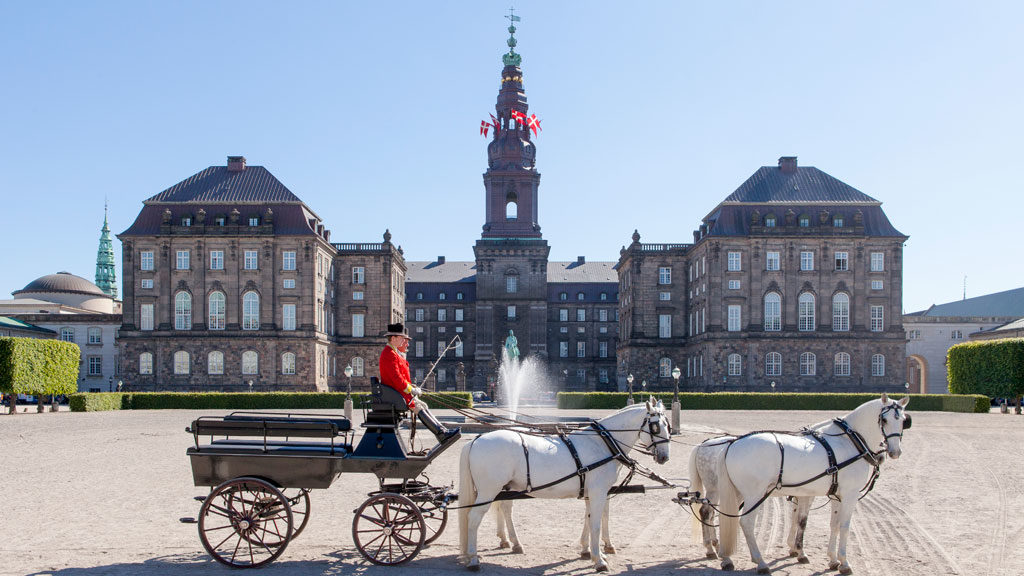
The first Christiansborg Palace based on Danish architecture burned down, along with the second, and now this neo-Baroque third iteration finished in 1928 is the charm. In addition to being a royal palace, inside and within the grounds are the Danish parliament, Supreme Court, the Royal Stables, museums, and the Palace chapel. You could say the Palace encompasses almost every aspect of society.
Latest posts by Doug Chesney (see all)
- 48 Hours in Ho Chi Minh City, Vietnam - November 9, 2018
- The Nine Colonial Colleges - October 3, 2018
- Top 10 Colonial Buildings in Phnom Penh - September 12, 2018

